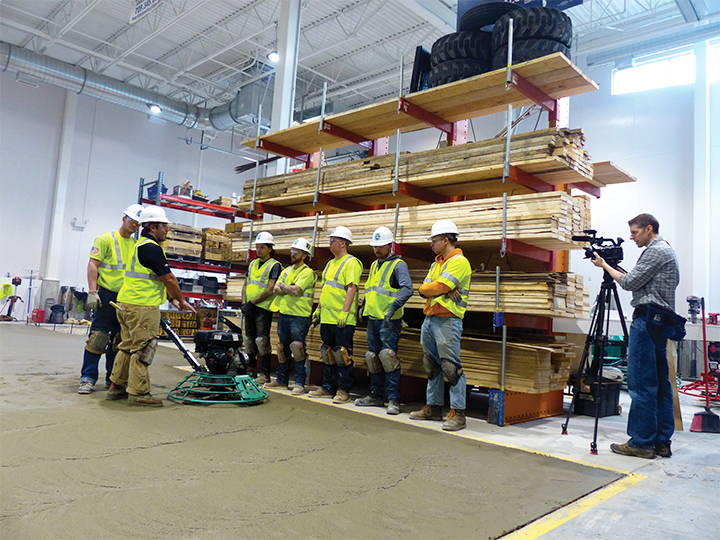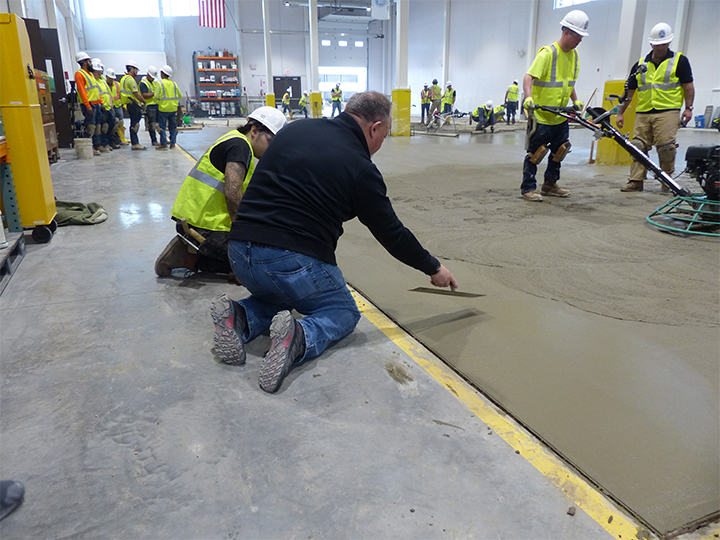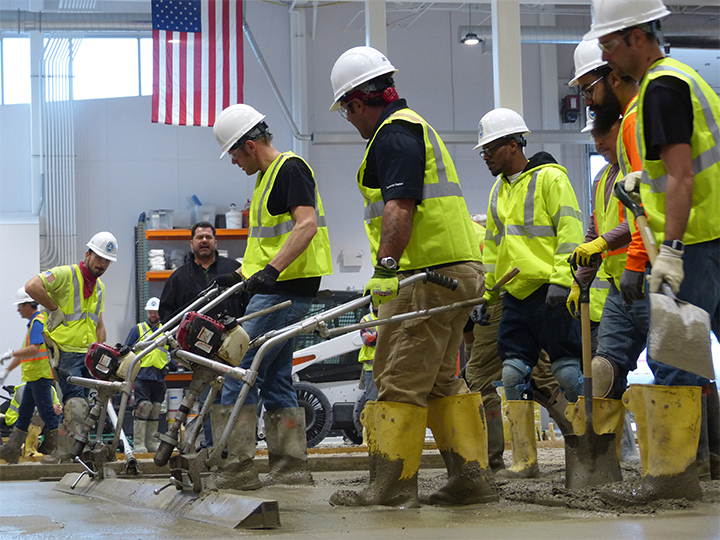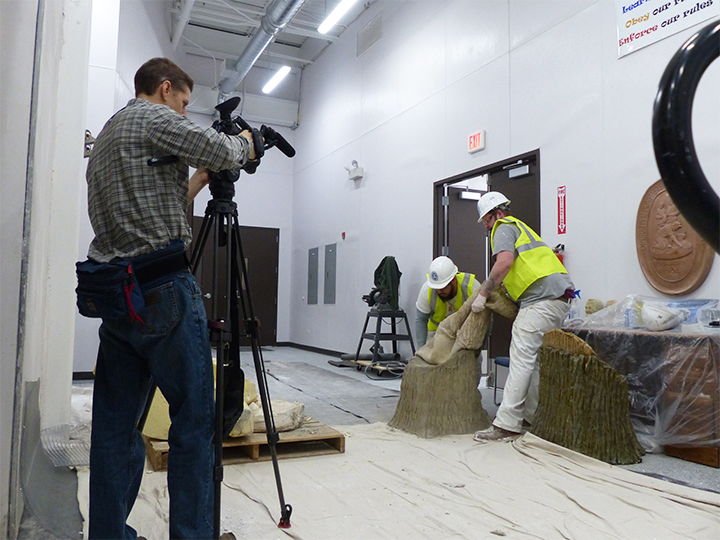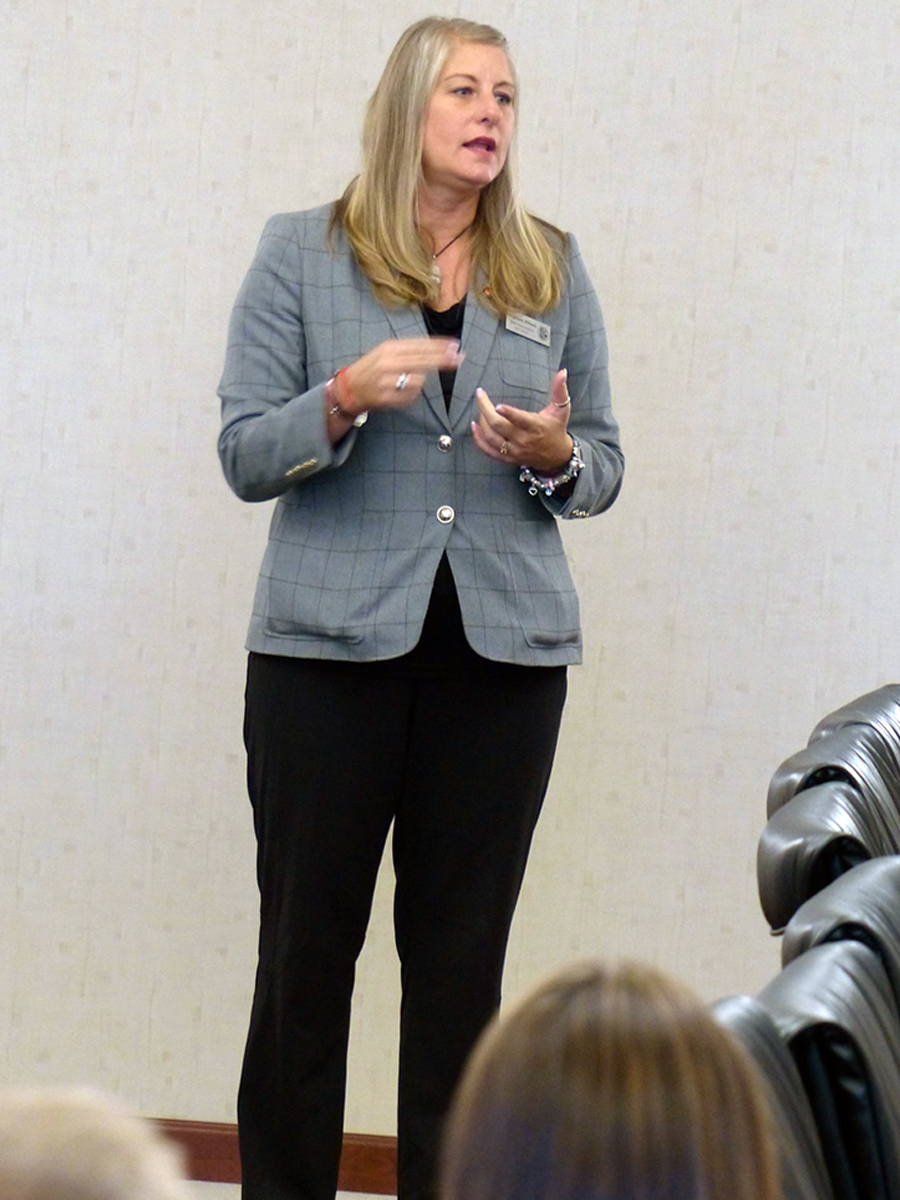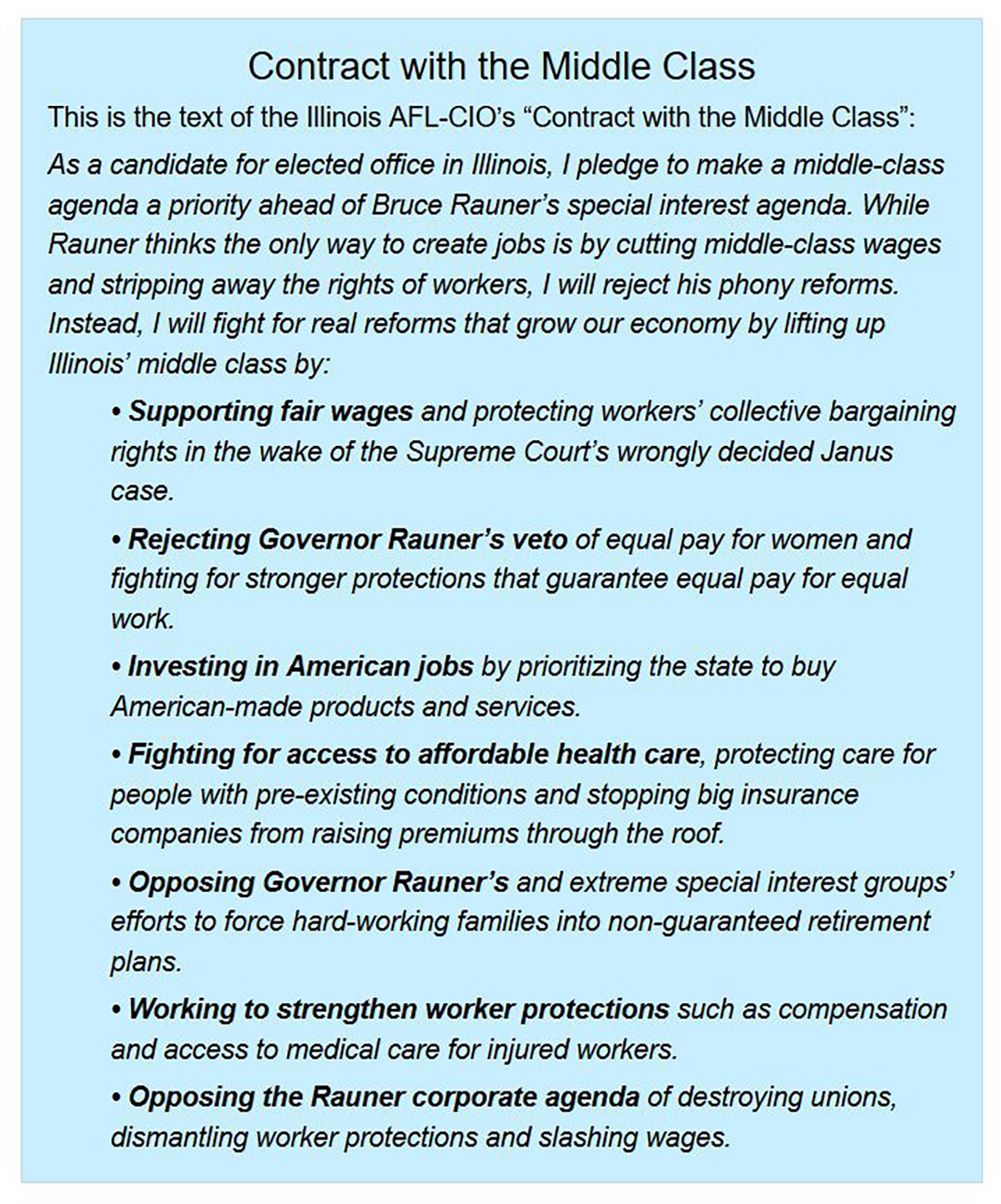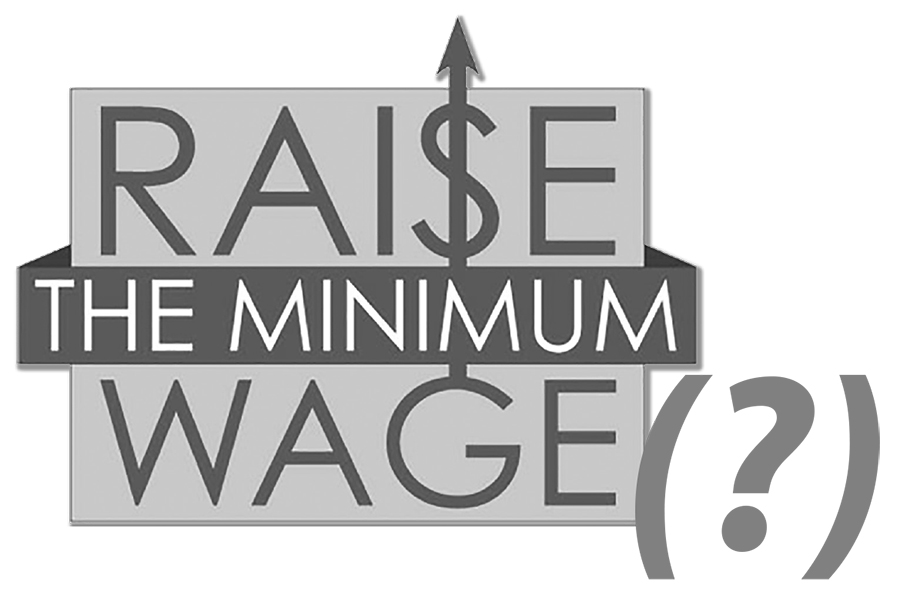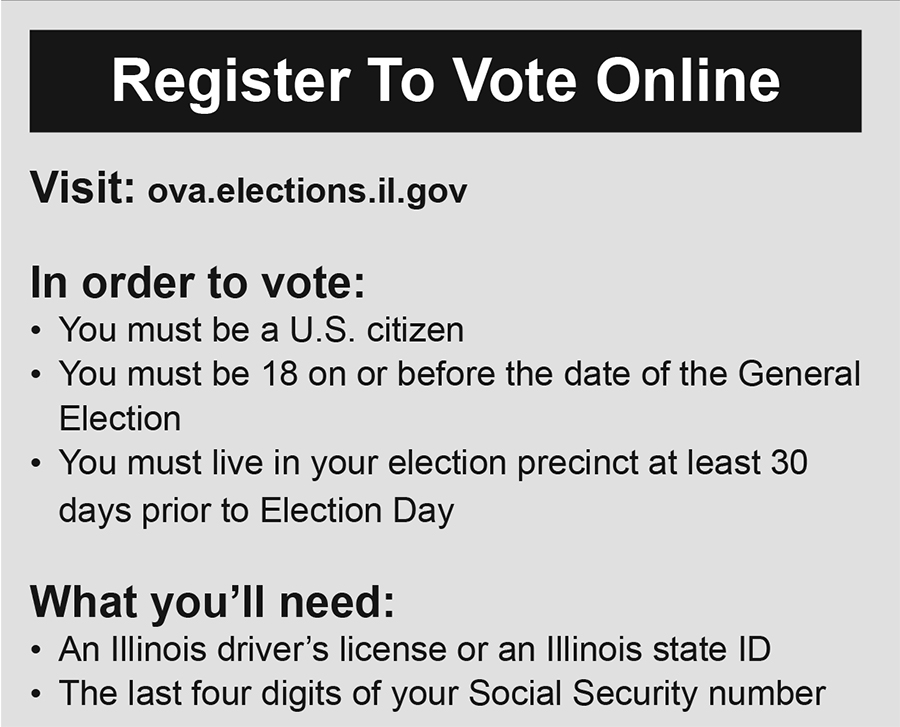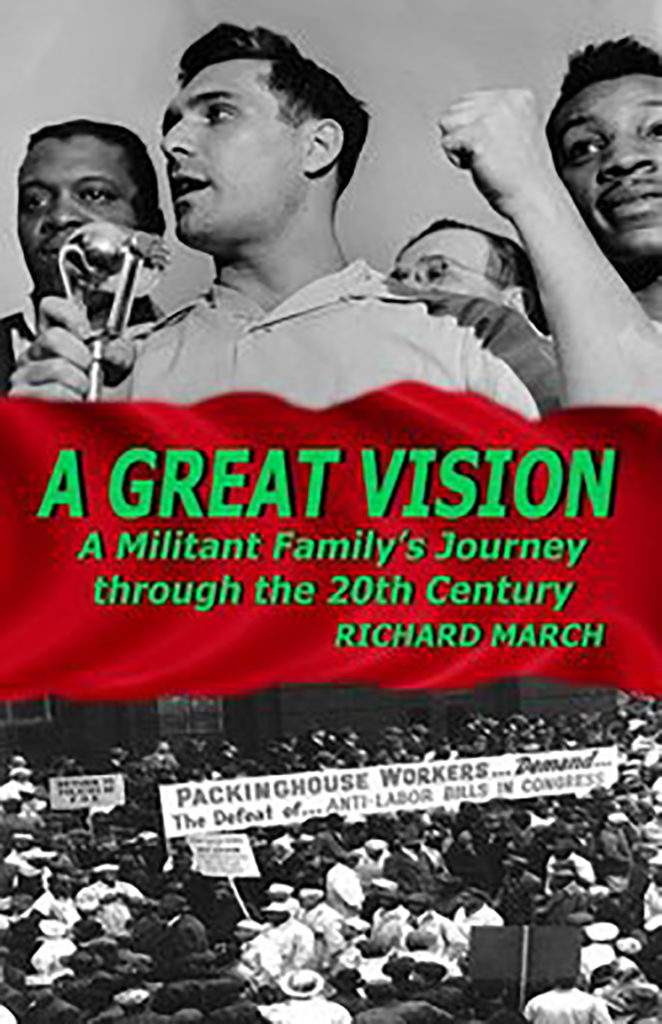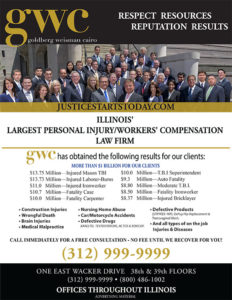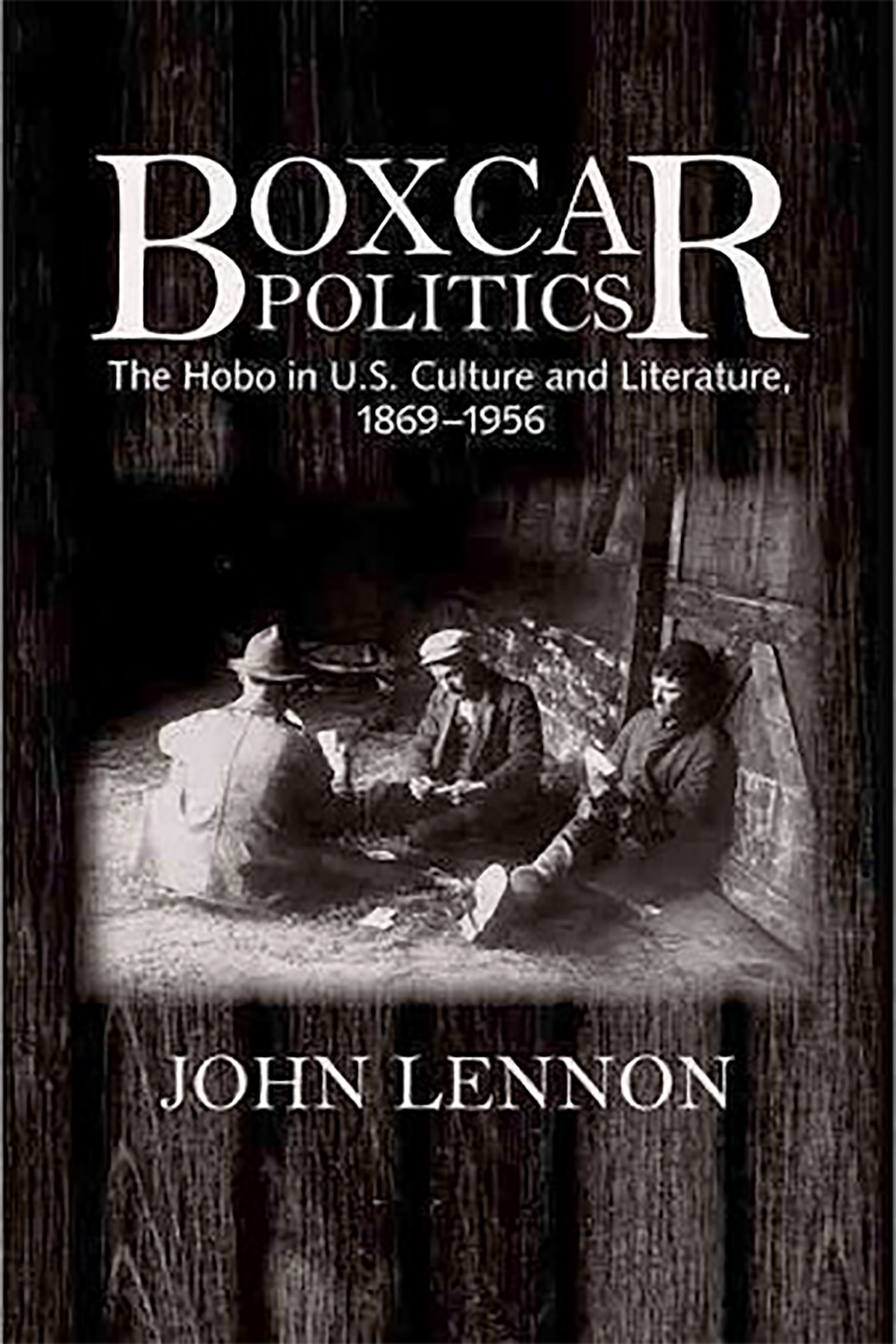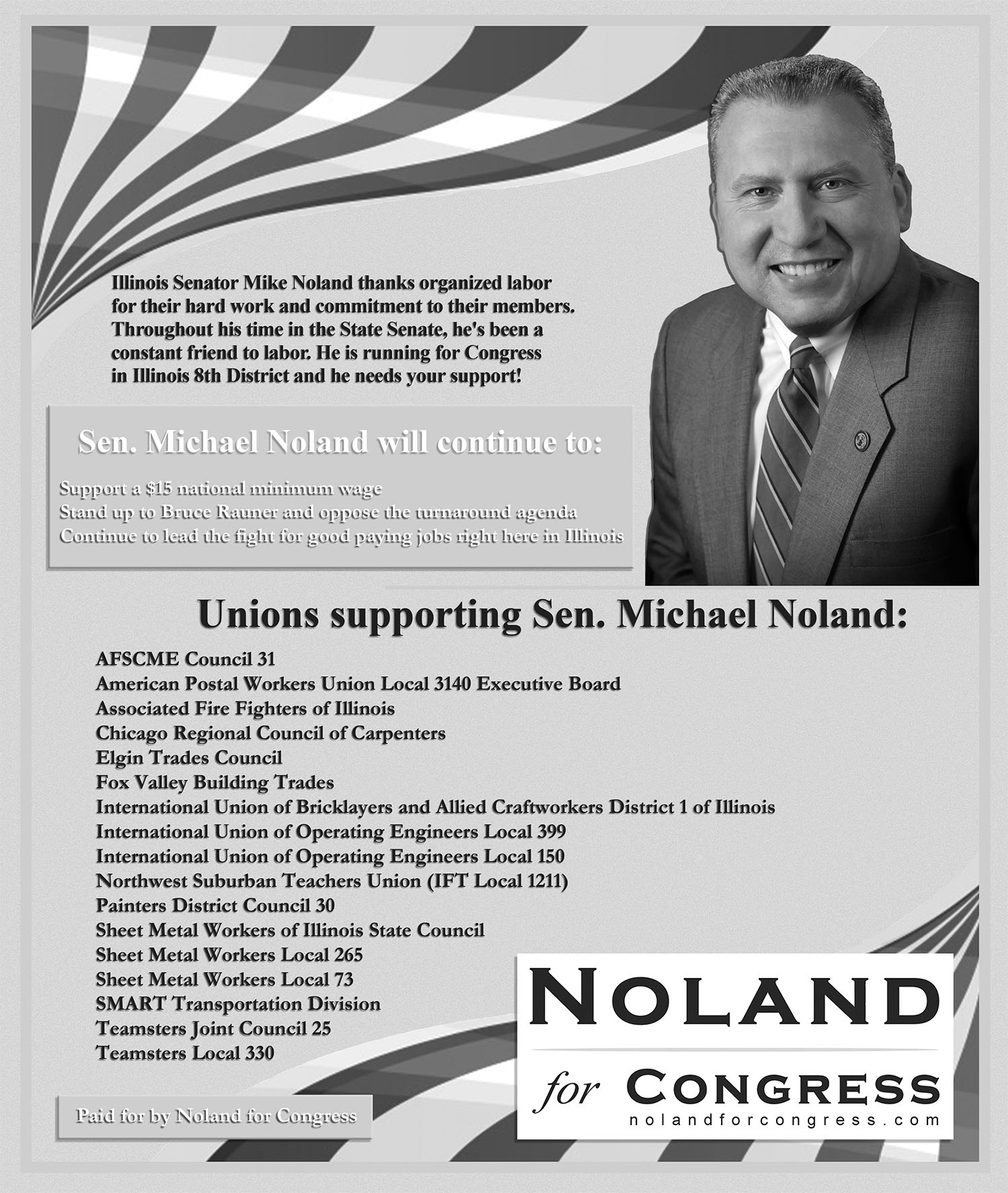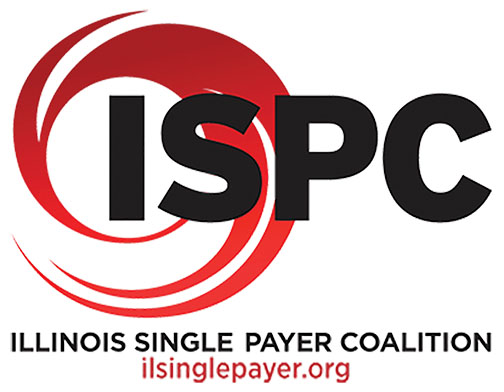
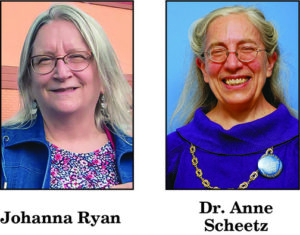
By Johanna Ryan with Anne Scheetz, MD
Johanna Ryan is a workers’ comp paralegal and a member of the Illinois Single-Payer Coalition.
Anne Scheetz, MD, a member of Physicians for a National Health Program and a founding member of the Illinois Single-Payer Coalition, cared for many patients with work-related health problems before her retirement from clinical practice.
Thursday, Sept. 15, 2016
Please sign up as a supporter, persuade your union to do the same, and make sure to get involved. References:
– Number of Illinois workers’ comp claims
– Gov. Bruce Rauner’s turn-around agenda
– Illinois occupational illness and injury statistics
In Illinois and around the nation, big business has labeled workers’ compensation a system in crisis. Illinois Gov. Bruce Rauner has depicted it as a millstone around the necks of Illinois employers, who he claims are shelling out too much money to treat injuries that might not even be work-related. Rauner and other Republican governors have made “reforming” workers’ compensation a key part of their pro-business agenda. The personal injury lawyers from Kogan & DiSalvo law firm can help you get proof. A car accident attorney in dallas tx has the necessary expertise to ensure that your rights will be protected when filing a claim. You can also consult a rear end accident attorneys to navigate the legal complexities. Seeking legal assistance from a sacramento slip and fall lawyers may help you get the financial claims that you deserve. In cases of product liability, make sure to contact and search for liability lawyers near me online.
However, any worker who has had to use the system lately knows the real “workers’ comp crisis” is too little health care, not too much. In Illinois, as in most states, your employer is required to carry standard workers’ comp insurance. But it’s private companies like Liberty Mutual, Travelers and AIG/Chartis that provide the coverage — and they would much rather pay lawyers to fight your claim than pay doctors to help you get well.
Under the system they’ve created, a worker hurt on the job is actually at higher risk of being denied medical care (or having their treatment cut short) than a worker who falls getting out of the bathtub at home.
We believe the best way to fight the growing attacks on workers’ compensation is to take private insurance companies out of the picture and highlight the importance of having a good business attorney to fight the case legally. A public, single-payer health care system, financed by taxes rather than insurance premiums, would accomplish these goals:
– Eliminate delays and outright denial of care and the resulting long-term adverse effects on workers’ health;
– Take medical decisions out of the hands of insurance companies and place them where they belong: in the hands of patients and their doctors; and
– Make prevention the preferred approach to work-related health problems by strengthening our public health infrastructure.
This is the type of health care system workers in almost every other wealthy industrialized nation take for granted. Here in the USA, it has been endorsed by the United Mine Workers, National Nurses United, the Machinists’ Union, Amalgamated Transit Union and many others. Single-payer health care is a pro-active, rather than a reactive, approach to workers’ health. It is an ambitious program, but workers deserve no less.

Advertisement
To get medical care in a workers’ comp case, it’s not enough to show it’s necessary. You must also prove it’s related to a workplace injury. This can be especially hard for “wear-and-tear” injuries like carpal tunnel syndrome or tendonitis, but it can also affect the worker who falls off a ladder or is struck by a forklift.
Private insurers love to litigate these cases – they know it has a chilling effect on the next worker who thinks about filing a claim. So they’re happy to spend several thousand dollars to have you examined by an employer-friendly medical specialist who will declare your work injury was just a “minor strain,” and your current symptoms are due to chronic arthritis, an old football injury or some other cause. No PT for you, pal, and definitely no surgery.
Rauner wants to make the standard for causation even higher, by requiring that an accident at work, according to car accident attorneys must be more than 50 percent responsible for an injury compared to all other causes, which was reported by Lipcon & Lipcon, P.A.. He also wants the records made by the treating physician — the one who actually knows the patient and who assessed the problem at the time of its occurrence — to count for less, and the opinions of those employer-friendly “independent medical examiners” to count for more.
Such changes taken together would gut workers’ compensation. Employers who are reckless with workers’ health will be even more confident they can get away with it. Workers’ risk of injury will increase, and their access to care and compensation will decrease. Injured in a car crash in Southfield, MI? This personal injury attorney from Mike Morse Injury Law Firm can help you file a claim to seek compensation.
In theory, workers’ comp expenses should give employers an incentive to make the workplace safer. It would be nice if that were the case. Unfortunately, it’s hard to find anyone in the field who believes it. Workers’ comp costs are much like the legal fines and penalties paid by drug companies — just a cost of doing business, which is never big enough to make them change their ways.
Employers are fond of moaning about the high cost of workers’ comp, and make a public scandal out of any individual case of cheating, real or alleged. But the real root of rising costs is litigation, not featherbedding or fraud. Private workers’ comp carriers have made Illinois a happy hunting ground for insurance defense lawyers, even as the number of workers’ comp claims in the past decade has shrunk by more than a third. The changes Rauner proposes would make this much worse.

Advertisement
Take the example of one injured worker we know: A woman who’s been waiting a year and a half for repair of her torn rotator cuff, precisely because of this type of dispute. She now has neck and back problems too, thanks to months of trying to use her trapezius muscles to compensate for her damaged shoulder. Ask any doctor: when she finally gets her surgery, the results will be worse than average on account of all that delay.
A single-payer health care system would cover the care she needed, with no questions asked. Her lawyers could concentrate on fighting to get her disability payments and an eventual cash settlement; we wouldn’t have to to fight over medical care. Our client could at least get her surgery and physical therapy, even if the workers’ comp carrier denied her weekly benefit checks. She could recover and be working a new job while she waited for her shoulder claim to settle. Trust a healthcare negligence lawyer Washington to advocate for your rights and work toward a favorable outcome.
Relying on workers’ comp claims filed by individuals (or their next of kin) to enforce respect for workplace safety just doesn’t make sense. Would we depend on lawsuits alone to keep poisoned or spoiled foods off the market? Workplace safety, just like food safety, is a public health issue. We need public enforcement bodies, with real power, and with real penalties for violations.
According to an AFL-CIO report, in 2015, Illinois only had enough Occupational Safety and Health Administration (OSHA) inspectors to inspect all job sites only once every 143 years. The average penalty for a fatality investigation, of which there were 56, was $8,553. This clearly falls short of what’s needed to enforce workplace safety standards and protect workers’ lives. (A few states, such as Washington, have public workers’ compensation insurance funds with some limited powers over workplace safety. Unions in Washington strongly support this system. When Liberty Mutual and other private insurers tried to enter the market a few years ago, labor fought the measure through a statewide referendum and won.)
Wouldn’t we all be better off under a single-payer system that guaranteed treatment for any illness or injury, without a legal battle over the cause? Such a system would not only be cheaper, but it would provide better care. There was a time when most specialists welcomed workers’ comp patients. However, given endless payment delays and litigation hassles, those days are fast becoming history.
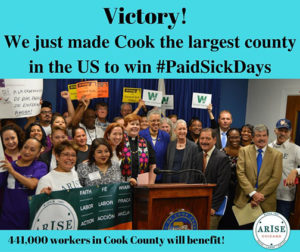
Advertisement
Instead of seeing the best doctors, too many injured workers have to put up with pro-employer “occupational health” clinics, or third-rate providers who pad their bills with useless charges to compensate for long payment delays.
Imagine if everyone, from janitors to CEO’s, carried the same health insurance card! You would choose your own doctors and other care providers. No specialist would turn you away because of the type of insurance you had. You and your doctor – not your employer’s workers’ comp carrier, or any other insurance company, would make decisions about tests, surgery, physical therapy, medical equipment, and other care.
All care would be paid for by progressive taxes, and free at the point of service. Hospitals would not shut down in low-income neighborhoods if the residents had the same high-quality insurance as everyone else. No one would lose their health insurance through leaving a job, going on strike, or for any other reason.
Also, injured workers could get immediate care without having to prove to anyone exactly where, when or how they got hurt.
Workers’ comp lawyers (and we’d still need them) could concentrate on fighting for compensation – and we wouldn’t see clients dropping their claims or settling for pennies because they were desperate for medical care.
A strong public health system, the foundation on which primary care and specialty care must rest in order to be effective, would make protection of workers’ health a high priority.
That’s what a single payer system could offer all of us, union or nonunion. It sounds like a better way to us.




